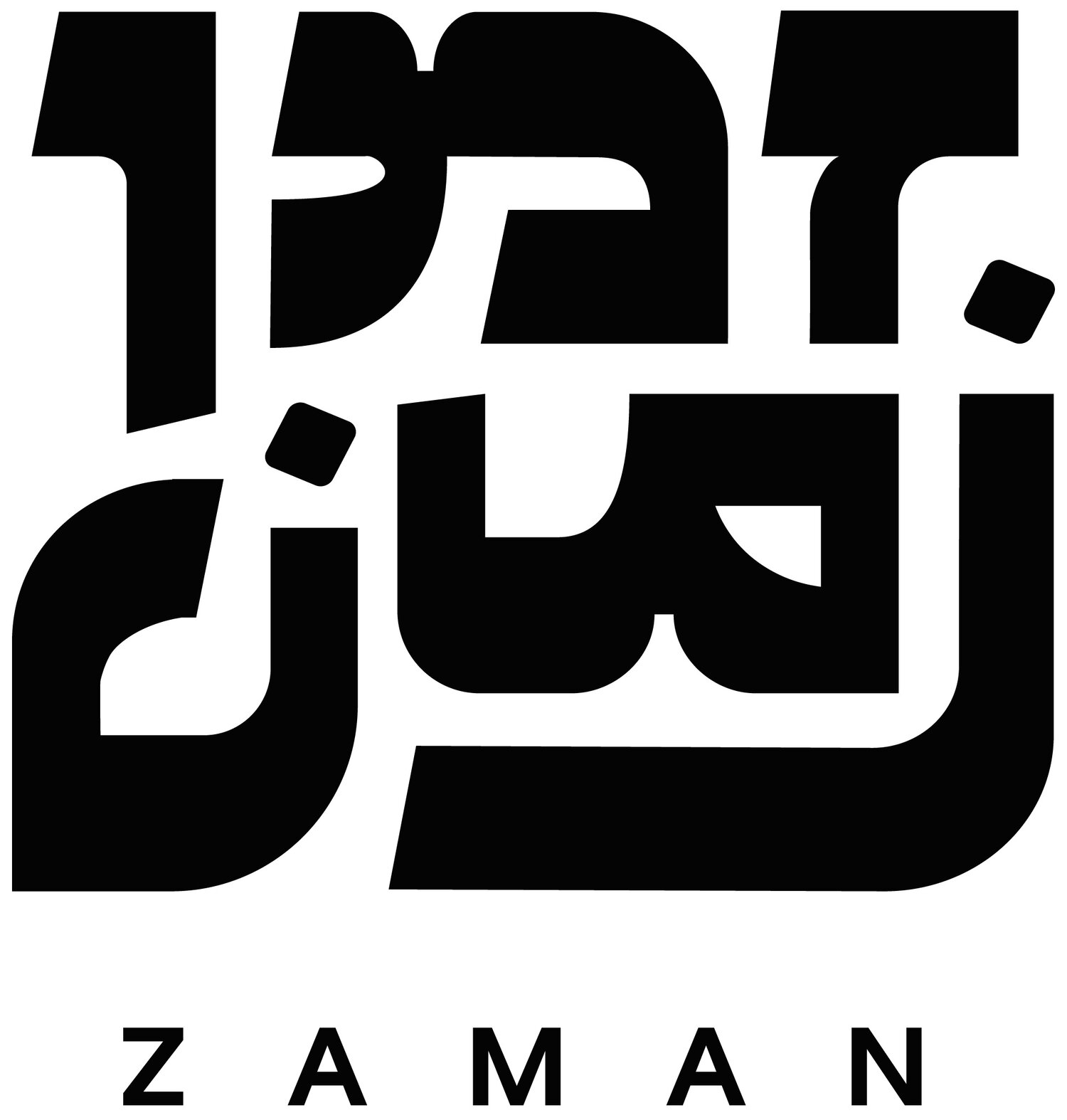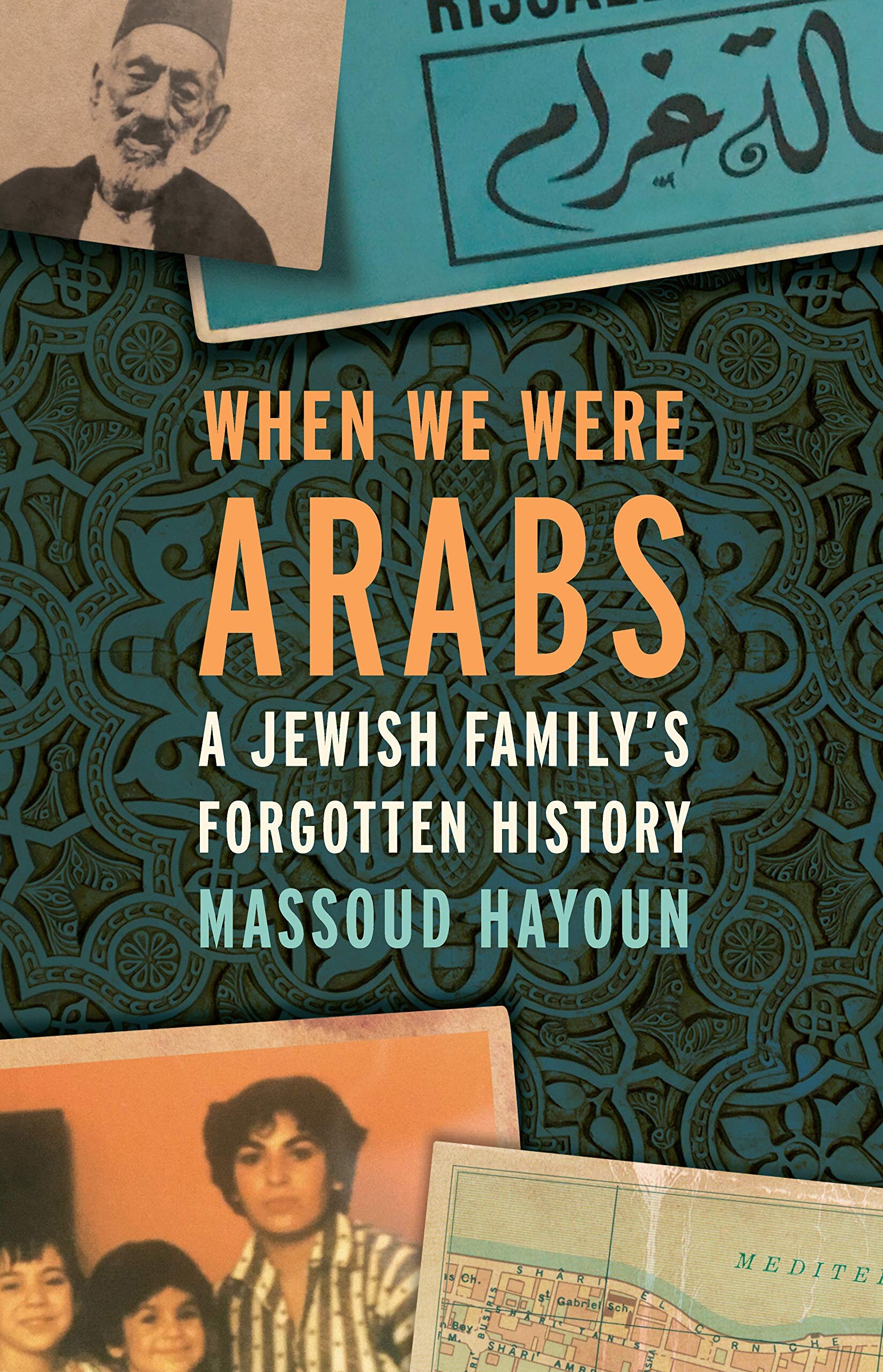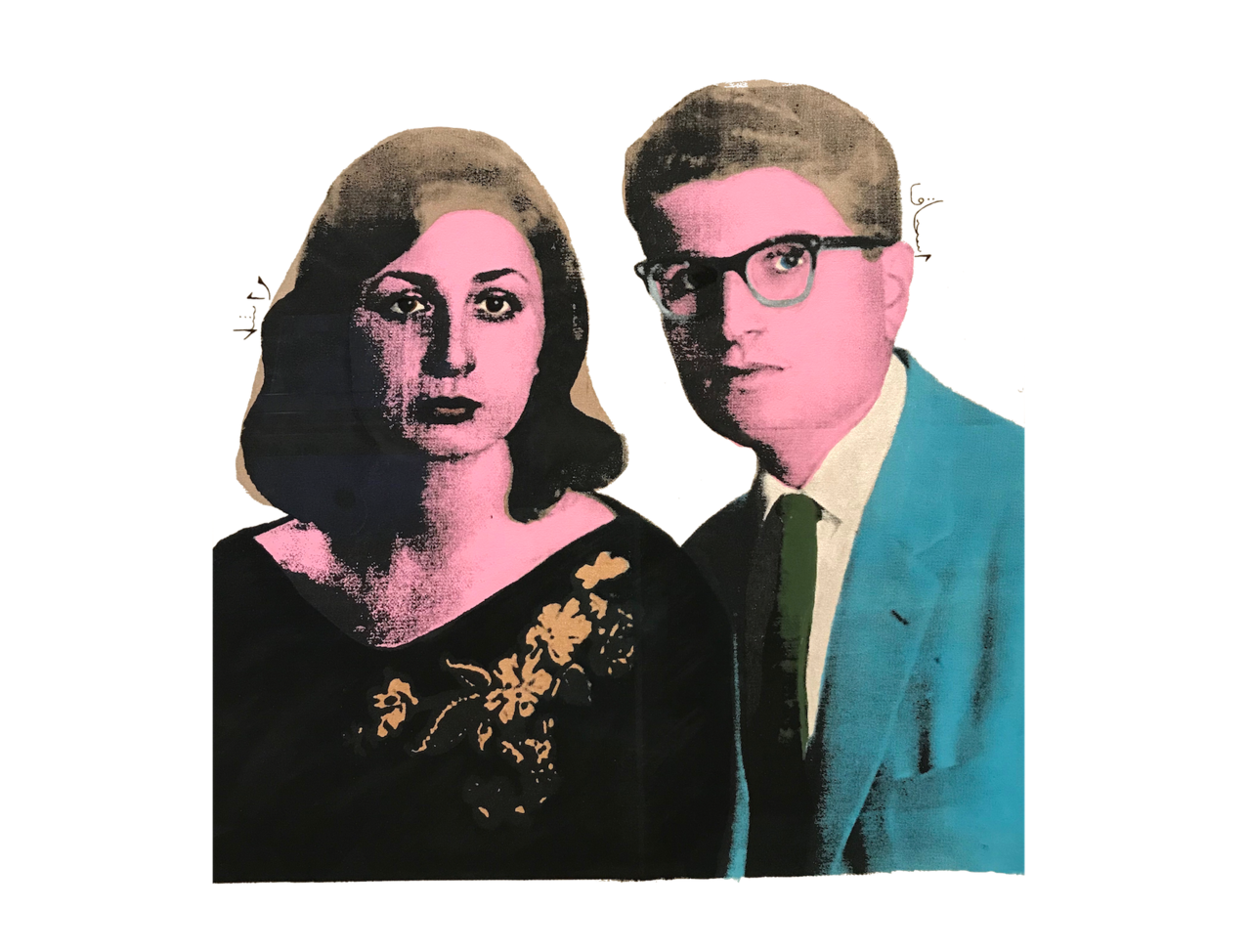
Evan Mateen - Editor-in-Chief
Evan is a recent graduate of Harvard College with a concentration in Government and secondaries in Studio Art and Chinese. In his artwork, he is interested in reappropriating traditional Persian images, texts and motifs in modern visual formats to produce works that convey the duality between cultural memory and current experiences as a first generation American.It's rare for English-speaking audiences to find prosaic accounts and imaginations of Mizrahi life written by an Israeli author that were originally composed in English, rather than translated from Hebrew. Ayelet Tsabari's work offers us a glimpse into her life as a Yemeni woman born in Israel not only by way of content- but by way of language; Hebrew makes itself subliminally known in her writing.
Our editors talk with Galeet about her family’s ties to Iranian and Jewish music, her multifaceted approach to her work as both a scholar and a performer, and her thoughts on the future of music in American Jewish congregations.
We are in a global moment of reckoning that is asking us to re-examine how our identities are not static or monolithic traits, but situationally-adaptable variables informed by our positions in larger social, political, economic, and cultural realities. Our understanding of identity today is ever-changing, constantly being shaped and defined by the roles we play across different communities.
This week marks one year since ZAMAN’s launch in February 2019. In that time, we have published forty articles, essays, poems, paintings, drawings, photographs, videos and other projects that have given a contemporary voice to Mizrahi stories.
My Jewishness governs matters of the spirit, for me. I do also stand with Jewish Americans in practical matters, particularly at moments when our lives, dignity, and freedom are under siege. But in this life, I am Arab first and last.
This diptych arguably transcends the role of the family portrait as it comments on the place of Iranian Jewish women in a broader national culture largely built on Islamic history, lore, and spirituality. The prints’ pop-art flair also serves to ironically question flattening, simplistic understandings of Jewish acculturation into Muslim Iran. Rather than accepting the inherent complexity and nuance of Persian Jewish sociocultural history, it can be easy to view the existence of Jewish life in Iran as “incompatible” with its backdrop of national history dominated by Shi’a Muslim influence.
Evan Mateen approached pottery as a new medium in an effort to expand his vocabulary in traditional Iranian art forms, combining imagery from talismans and miniatures with excerpts of classical Persian poems. The following is a selection of vessels and clayware he made during his first two years at Harvard College.
Some photographs are easily dateable based off simple clothing, orientation, and film markers. But among these lurk photographs that, when taken out of context, seem to possess an ambiguous sense of timelessness and nostalgia. By experimenting with different combinations of ink color, image scale, and resolution in the screenprints I make, I am hoping to bring new life, perspective, and accessibility to the past.









Editors Evan Mateen and Sophie Levy met with Dr. Sternfeld over Zoom to discuss the ripple effects of the publication of his book Between Iran and Zion, the implications of studying Iranian Jewry as an Israeli scholar in the US, and the future of Middle-Eastern Jewish history as a discipline.